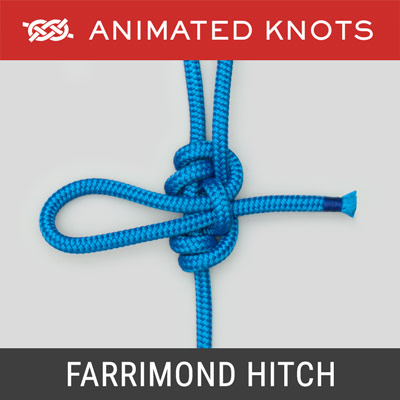i have seen and read different on the use of prusik-knots to eliminate guy tensioners
i have zero experience of prusik-knots for any application
guy tensioners have been around since long before i was a wee apple in my daddy's eye for tents
as have prusik-knots been around for a very long time
have you got experience for both prusik-knots and guy tensioners for tensioning guys on tent and tarps...??
which is better overall...??
are there different situations for use for one over the other...??
i see that if a guy tensioner breaks the prusik can likely help until a replacement tensioner can be located, would that be correct or a i way off the mark...??
i have zero experience of prusik-knots for any application
guy tensioners have been around since long before i was a wee apple in my daddy's eye for tents
as have prusik-knots been around for a very long time
have you got experience for both prusik-knots and guy tensioners for tensioning guys on tent and tarps...??
which is better overall...??
are there different situations for use for one over the other...??
i see that if a guy tensioner breaks the prusik can likely help until a replacement tensioner can be located, would that be correct or a i way off the mark...??

